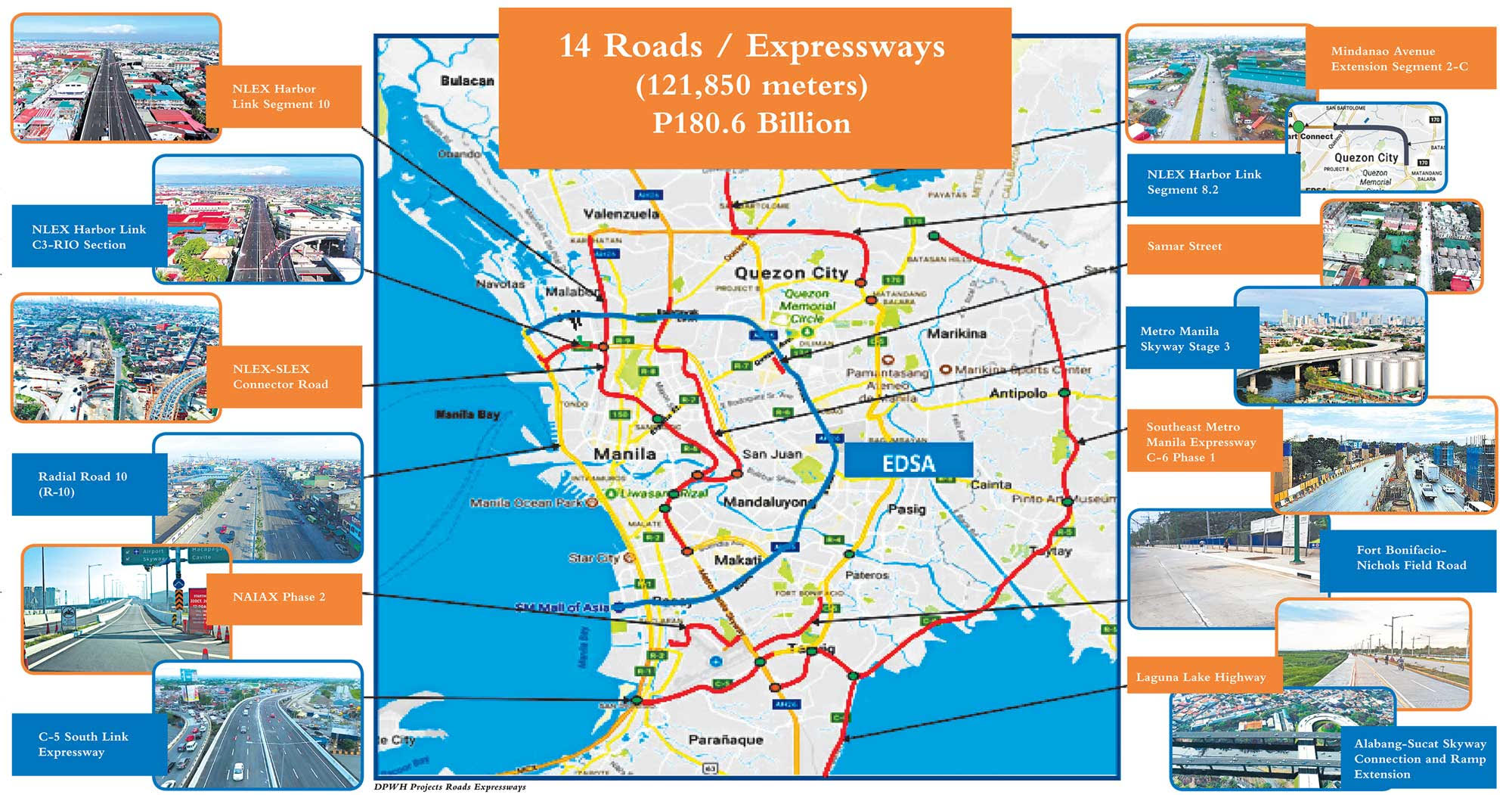Dodgers end 32-year title drought
THE best team in a truncated regular season also was the top team in an extended playoffs, as the Los Angeles Dodgers ended a 32-year championship drought with a 3-1 victory over the Tampa Bay Rays in Game 6 of the World Series on Tuesday at Arlington, Texas.
The Dodgers also were the best homer-hitting team in a regular season that was shortened to 60 games as a concession to the COVID-19 pandemic, but they got inventive on offense to earn their deciding victory.
In their 16th consecutive game at the Texas Rangers’ new Globe Life Field, the Dodgers turned a wild pitch and a fielder’s choice into run-scoring gold in the fifth inning. The runs gave Los Angeles a 2-1 lead. The Dodgers also used seven pitchers, including starter Tony Gonsolin, who was pulled after 1 2/3 innings.
Left-hander Julio Urias was the last of those arms, striking out Willy Adames looking to end it while pitching 2 1/3 scoreless innings to earn the save. Lefty Victor Gonzalez (1-0) threw 1 1/3 shutout innings with three strikeouts to earn the victory.
Rays starter Blake Snell was in the midst of the most impressive start of his career, when factoring in the moment. He struck out nine and gave up just two harmless singles the first two times through the Dodgers order.
However, with one out in the sixth inning, following a single by Dodgers No. 9 hitter Austin Barnes, Rays manager Kevin Cash went to his bullpen to protect a 1-0 lead, putting right-hander Nick Anderson (1-1) into the game. After striking out twice against Snell, Mookie Betts hit a double to put runners on second and third.
Barnes scored on an Anderson wild pitch to tie the game, with Betts moving to third. Corey Seager, who also fanned twice against Snell, then hit a ground ball to first with Betts scoring on a dive just ahead of the throw home for a 2-1 advantage.
“I’m not exactly sure why, I’m not asking any questions, but he was pitching a great game,” Betts said of the Rays’ decision to lift Snell. “(Barnes) led off with a hit, I think, right there. We had a chance to do something, but they made a pitching change, and it seemed like that’s all we needed.”
The exclamation point came in the eighth when Betts, the Dodgers’ high-profile roster addition in the offseason after a trade with the Boston Red Sox, hit a home run for a 3-1 advantage. It was his second homer of the series.
AROZARENA
There would be more heroics from Rays rookie Randy Arozarena, who gave Tampa Bay a 1-0 lead with a first-inning home run against Gonsolin.
Arozarena became the second rookie ever to hit three home runs in a single World Series while extending his record for a single postseason to 10 homers. He also became the first rookie with RBIs in four consecutive World Series games.
MVP
Seager, who finished the six games at 8-for-20 with two home runs and five RBIs, was named the World Series MVP.
Also, Major League Baseball (MLB) announced after the game that Dodgers third baseman Justin Turner, tested positive for COVID-19. He was removed from the game when the Dodgers took the field for the top of the eighth.
It was the Dodgers’ seventh World Series championship in franchise history, with six of them coming after they moved to Los Angeles in 1958. The title also came in their eighth consecutive trip to the postseason and their third World Series in four years.
The Dodgers’ most recent title came in 1988, when a hobbled Kirk Gibson hit a walk-off homer to beat the Oakland Athletics in Game 1. Los Angeles went on to win the series in five games. — Reuters





